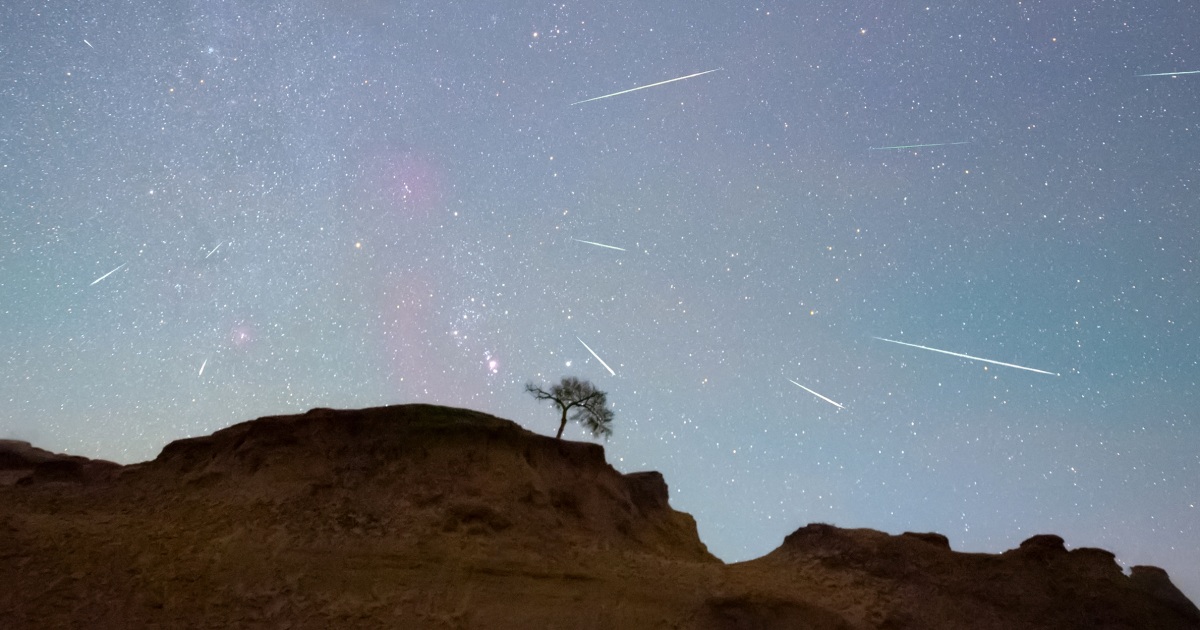
Whipple Shields
Whipple Shields are a type of spacecraft shielding designed to protect against micrometeoroid and orbital debris (MMOD) impacts. They consist of two layers of thin metal separated by a layer of Kevlar or other high-strength fabric. When an MMOD particle impacts the outer layer, it vaporizes and creates a plasma cloud that spreads out and is absorbed by the inner layer, which is designed to be thick enough to stop the plasma. Whipple Shields are named after their inventor, Fred Whipple, who developed the concept in the 1940s. They are commonly used on spacecraft that operate in low Earth orbit, where the risk of MMOD impacts is high.
Your Previous Searches
Random Picks
- Mistakes: In space and astronautical engineering, mistakes refer to errors or faults that occur during the design, development, testing, or operation of spacecraft, rockets, satellites, or other space systems. Mistakes can be caused by various factor ... Read More >>
- Ground Station: A Ground Station is a facility on Earth designed to communicate with spacecraft or satellites in orbit. It is equipped with antennas, receivers, transmitters, and other necessary equipment to establish and maintain communication with the sp ... Read More >>
- ESA: ESA (European Space Agency) is an intergovernmental organization dedicated to the exploration of space. It was established in 1975 and has 22 member states. ESA's mission is to coordinate the financial and intellectual resources of its memb ... Read More >>
Top News

Bestselling author explains the science of happiness: "You can do the work"...
Bestselling author and Harvard professor Arthur Brooks opens up about how enjoyment, satisfaction and meaning in life can increase a person's wellbeing....
News Source: CBS News on 2024-11-18

November's full moon, known as the Beaver Moon, is the last supermoon of 2024. H...
November's full moon, known as the Beaver Moon, is the last supermoon of 2024. Here's when it peaks and why it's called the Beaver Moon....
News Source: CBS News on 2024-11-15

You can't put a price on the sense of awe particle physics inspires...
Astronomy and particle physics are no longer seen as vital by the US establishment, so funding has fallen. But our work creates a sense of wonder, and wonder matters, says Chanda Prescod-Weinstein...
News Source: New Scientist on 2024-11-13

If you want to stretch your gift game into days this holiday, check out these ad...
The advent calendar phenomenon is growing every year, with so many exciting, fun, beautiful, and delicious options available...
News Source: ABC News on 2024-11-04

November brings a bonanza of meteor showers...
November brings a skywatching bonanza, with three meteor showers — the Southern Taurids, Northern Taurids and Orionids — offering chances to see shooting stars....
News Source: NBC News on 2024-11-02